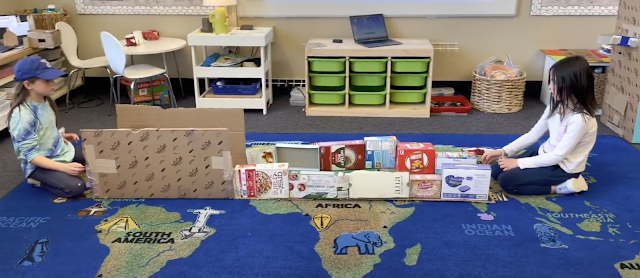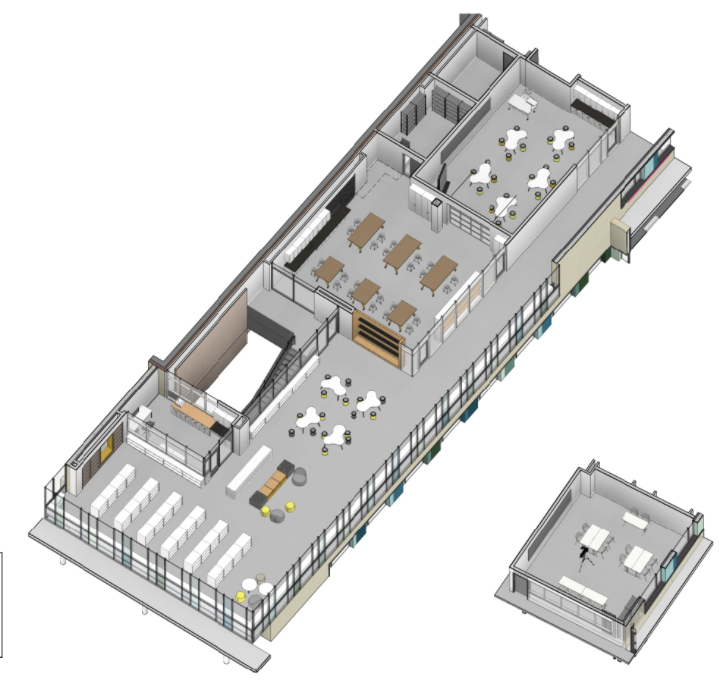We finished up practicing our thinking skills by learning about Dudley the Detective, who uses clues and deductive reasoning to find one and only one correct answer. One way to practice convergent thinking is to practice computer coding/programming. Code converts human input into sequences that computers can understand. If the input is not correct, the output will not be correct. A great introduction to coding for 1st graders is the Osmo Coding Jam. The Osmo coding game allows players to snap together Coding blocks to create unique musical Jams and movements. As players move up in levels, they are able to explore even more advanced computational concepts like subroutines and nested repeats.
 .
. 

 We will continue to use all of these thinking skills throughout our journey in Idea Lab. It's always beneficial to be cognizant of different ways of thinking and know our areas of strength and areas of development. Today in Idea Lab, we began a project-based learning unit centered around the world's oceans. We will use all of the types of thinking that we learned within this unit as well!
We will continue to use all of these thinking skills throughout our journey in Idea Lab. It's always beneficial to be cognizant of different ways of thinking and know our areas of strength and areas of development. Today in Idea Lab, we began a project-based learning unit centered around the world's oceans. We will use all of the types of thinking that we learned within this unit as well!





































